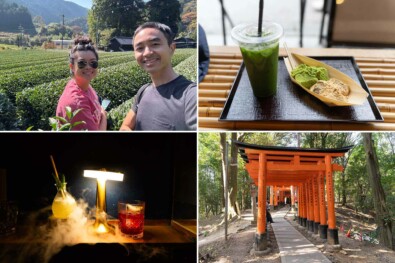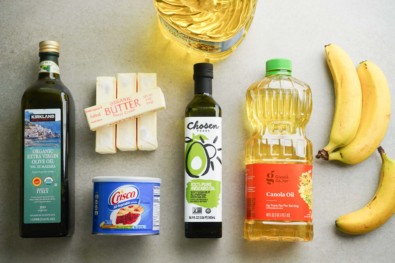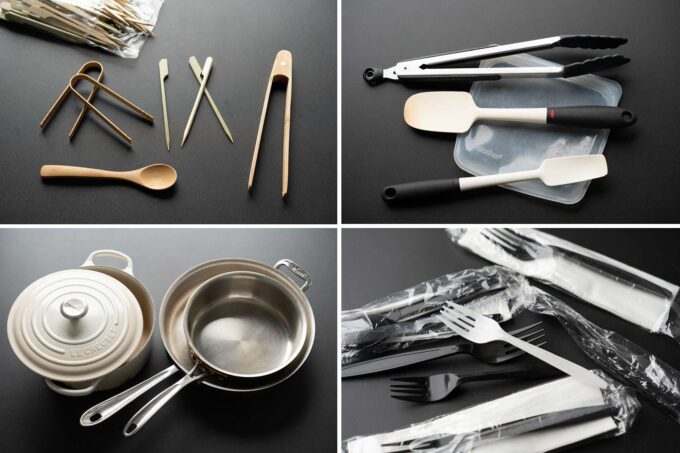
It can be tempting to just go for the cheapest cooking utensils available at your local shop but more often than not, they are not the best choice for your health. We recently did a post on the best kitchen utensils covering our kitchen favorites but wanted to go more in-depth about the safety and toxicity of certain materials to decide what to buy for your kitchen.
What are the safest types of cooking utensils?
You want to make sure that the utensils you pick are made with non-toxic materials so it doesn’t have the ability to leech into your food. Here are some nontoxic cooking utensil materials we prefer when cooking, baking, or just mixing.
Stainless steel
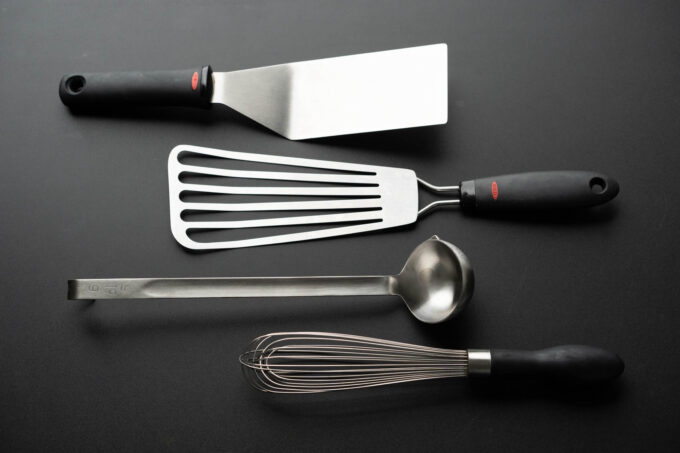
This material is one of the most durable materials for cookware and cooking utensils. All food-grade stainless steel requires a minimum of at least 11% chromium that helps with its anti-rust/corrosion and heat-resistant properties along with non-reactive properties too. Since it’s also a non-reactive metal, it’s also a great material to use in the kitchen because it doesn’t leach out any chemicals when used in high or low temperatures.
Silicone
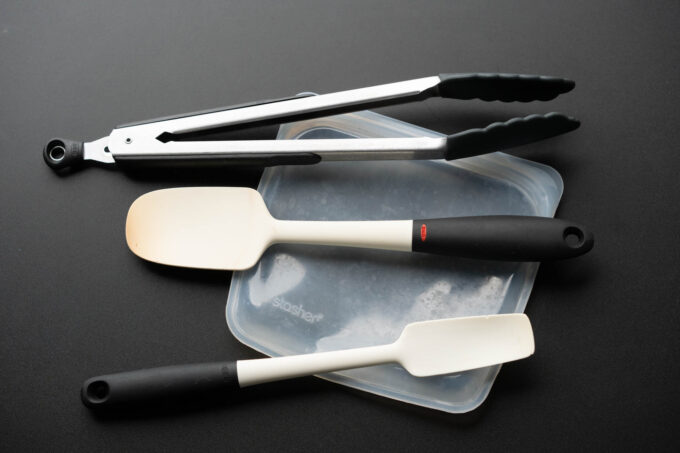
The FDA states that food-grade silicone is completely safe to use in recipes up to 500 °F (check the manufacturer’s label because this temperature can be lower) in addition to temperatures below freezing. Food-grade silicone basically means that it can withstand extreme temperatures and is safe to consume when in contact with food. It’s important that the silicone utensils you are using are “food grade” and come from a trustworthy company because some silicone can often be added with fillers that can cause faster degradation or even leach other chemicals into your food.
Wood
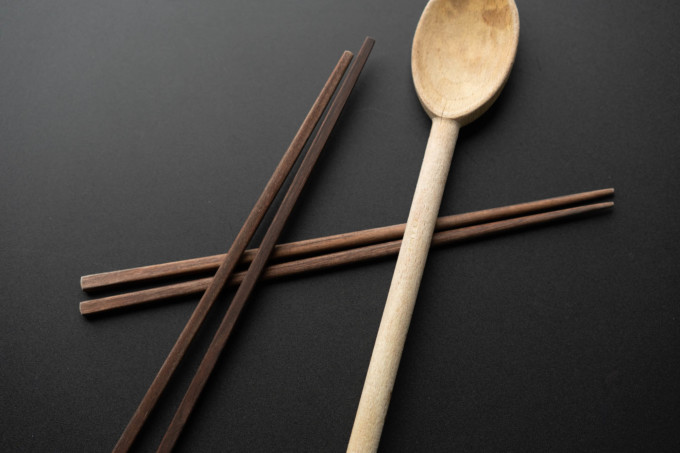
Not only are wooden spoons environmentally friendly because they are biodegradable, but they are also a great option if you want non-toxic utensils in the kitchen. When picking out wooden utensils, make sure you choose wood that is labeled “food-safe” and is made of hardwood like beechwood, teak, or maple.
These varieties have closed-grain (or small pores) that help repel stains and bacteria. It’s important to follow proper cleaning methods with wooden utensils so they last. Make sure to fully dry the utensils on a rack with lots of airflow to prevent molding. We would not recommend cleaning wood in the dishwasher because it will have a tendency to crack from not drying properly or it can also harbor bacteria and mold. Once it’s dried, you may need to routinely oil or wax the wood to help condition it and keep it in pristine shape.
Materials to avoid for cooking utensils
Now that we know what to look for, here’s what to AVOID at all costs. These materials have been known to leach chemicals, break down, and degrade quicker.
Plastic
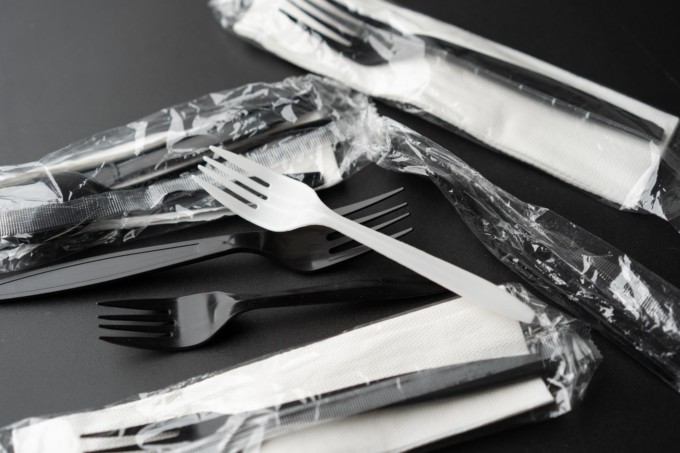
Plastics are made of polymers and are used so often in every facet of life because they can be molded and pressed into so many different shapes and objects. It’s typically made of fossil fuels like petroleum or gas, but they can also be made with renewal materials like corn.
However, not only are plastics a big source of pollution, they’re also a big source of environmental issues like microplastics. We definitely try to stay away from all types of plastics for kitchen utensils because of potential BPA toxins, or other chemicals we may not know are in the materials that have the potential to leach into food at certain temperatures. Do some plastics claim to be BPA-free you say? Skip a few paragraphs to read more about this!
Nylon
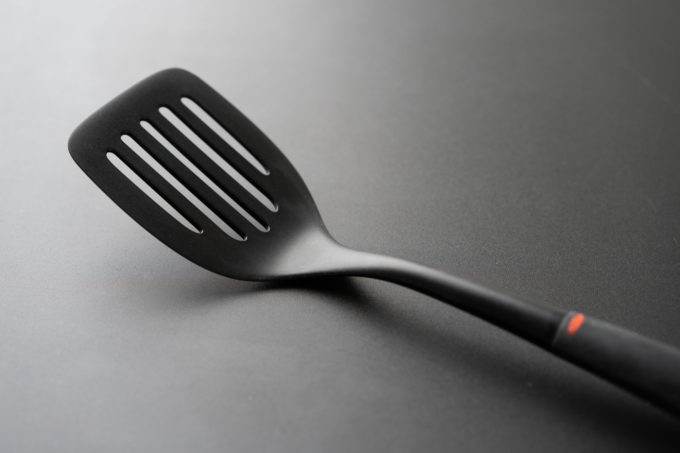
This is also a type of plastic that is a silk-like material that can be made into different shapes from fabric to kitchen utensils. While in its pure form, nylon is deemed safe, a lot of nylon products have additives that can be harmful for consumption–many times we aren’t fully aware of what additives are in the material when purchasing these products. Nylon utensils can only withstand up to 400 °F before they potentially melt or degrade, which does not make them the best materials. Chemicals can potentially leach into your food at these temperatures.
Melamine
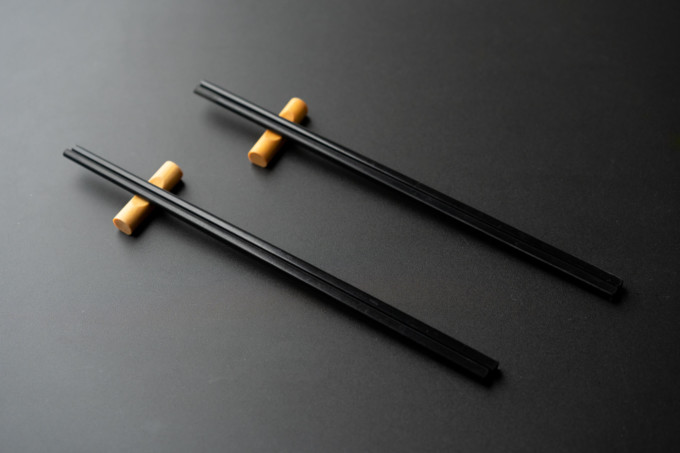
Melamine is also another type of plastic that is widely used in dishware, utensils, and other kitchen tools. Like plastic and nylon, it’s not made to withstand high temperatures or be microwaved because it may leach chemicals into the food you’re consuming.
While the FDA has stated melamine serving ware can be safe to use depending on the amount of melamine in each product, labels on the actual melamine products are inadequate and can sometimes be misleading. When chemicals in melamine products degrade or leak into food, it can lead to health effects like kidney issues in young children. Many agencies like the German Federal Institute for Risk Assessment have stated that cooking utensils should not be made of melamine because of possible chemical migration due to temperature.
Nonstick/Teflon
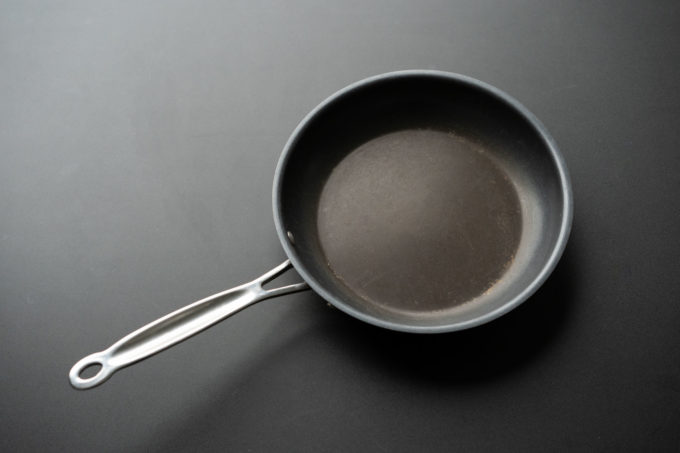
Nonstick cookware is more commonly known as Teflon and is a synthetic material that is a nonreactive, nonstick surface. It’s popular for use on saute or frying pans and also utensils because it’s easy to cook on. However, Teflon was forced to stop using PFOA in 2013, after research studies linked exposure to this chemical causes infertility and low birth weight among other issues.
Another issue with nonstick is that it can be chipped during the cooking process or degrade at high temperatures (500 ℉), and come into contact with any food you are cooking, thereby consuming other chemicals in the nonstick material.
Are bamboo utensils non toxic?
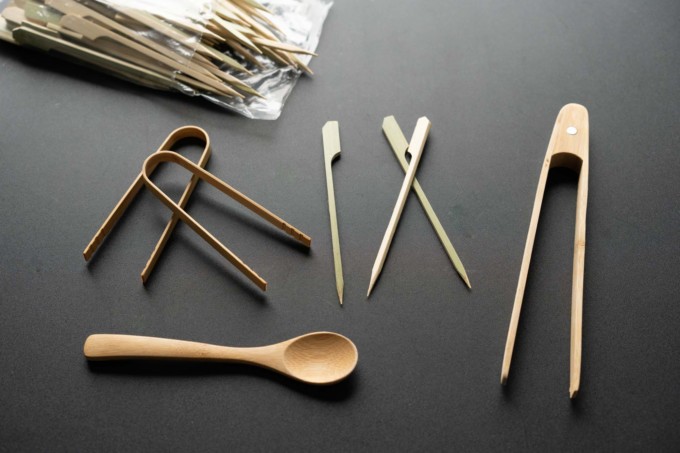
Recently, bamboo has made waves in sustainability circles because it’s a durable material that grows fairly fast compared to wood. Bamboo can be non-toxic when grown and harvested properly, but there are a lot of unregulated practices that can make it difficult to know if the bamboo has been harvested properly or has additives.
We’ve found that many brands don’t list if their items are pure 100% bamboo made or if there are additional ingredients that could be harmful like glue that has formaldehyde. The European Commission recently posted an article to help fight against false claims of food materials and products that are labeled “eco-friendly” when they use potentially harmful additives. If you want to buy bamboo products, try to buy bamboo utensils that specifically state they aren’t made with any glues or lacquers.
Does “BPA-free” mean the plastic is safe?
BPA is an acronym for bisphenol A, a chemical ingredient in many plastic products since the 1950s. Research has shown that BPA exposure through leaching out from the plastic products into food or other areas can cause health issues like type-2 diabetes, behavioral issues, and more. Many plastic utensils and products now carry BPA-free labels to assure their safety.
However, a recent New York Times article stated that BPAs aren’t the only chemicals we should be worried about when using plastics. Any plastic product that’s listed as BPA-free might be a safer option than unknown plastic material, but plastics may still contain other harmful chemicals that aren’t yet on our watchlist. But we still try to refrain from using materials made with plastics or resin in the kitchen because we prefer to use more durable products that we know are non-toxic.
Plastic can be hard to avoid, so the straggling plastic items we have in our kitchen we prefer to handwash to avoid prolonged exposure to hot water that potentially degrades the plastic faster.
Are aluminum pots and pans non toxic and safe to use?
Aluminum is a type of metal that is a great heat conductor, but it’s also a very reactive metal, especially with acidic foods like tomatoes, citrus, and vinegar. There have been some conflicting reports that aluminum is toxic when consumed, but the Agency for Toxic Substances and Disease has stated that this risk is very minimal.
Aluminum is a popular material for sheet pans and disposable party trays, and we continuously use aluminum sheet pans at home. However, we do prefer not to use these acidic ingredients with our aluminum pots and pans and instead use non-reactive materials like ceramic-coated pans or stainless steel.
The 13 best non-toxic cooking utensils
Here’s a cheat sheet of our favorite non-toxic cooking utensils we love to use in the kitchen for any recipe:
1. Cookware: Lodge cast iron skillet, All-Clad stainless steel pan, & Lodge carbon steel skillet
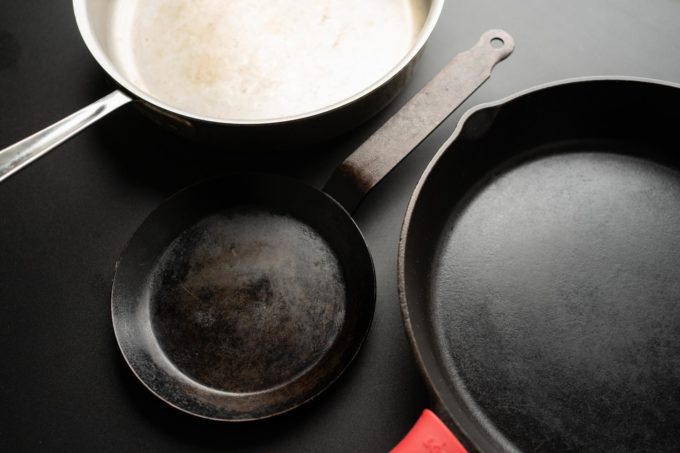
I’ve owned the All-Clad for over 15 years and it’s still going strong–these things are gonna outlast me. The cast iron I just re-seasoned so it looks slick! And the little carbon steel skillet I just got and the seasoning on it makes it extremely nonstick–my go-to for making eggs.
2. Dutch ovens & pots: Le Creuset dutch oven, & stainless steel pot

Both non-reactive vessels here–enameled cast iron and a stainless steel workhorse.
3. Turners: Oxo stainless steel fish turner, Sur La Table silicone turner, & Oxo restaurant turner
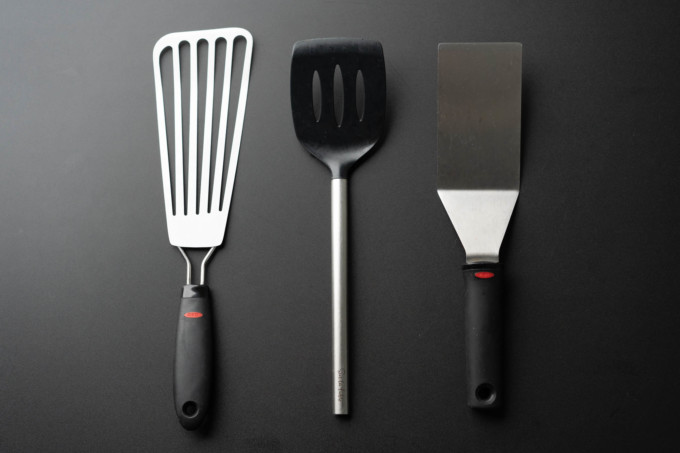
There’s absolutely no reason to use plastic when you have stainless steel and silicone, and if you’re already avoiding delicate non-stick coatings due to PFOAs the choice is easy!
4. Spatulas: Oxo silicone spoon spatulas & Oxo jar spatula
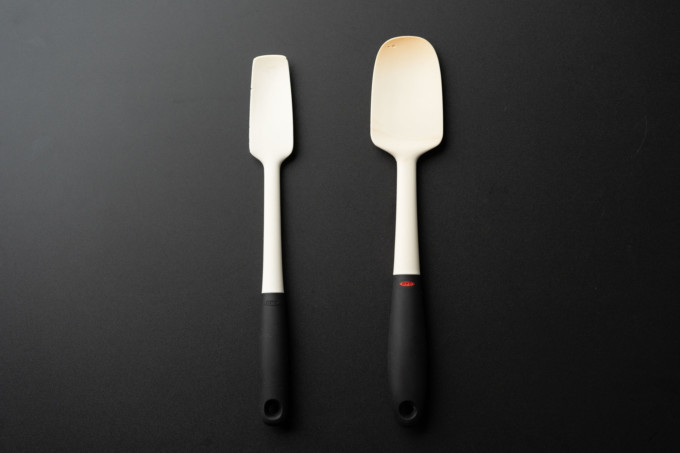
These silicone tools are great for scraping down every last bit of sauces or batter, so its great for mixing and baking too.
5. Tongs: Oxo 12″ silicone tipped tongs & Oxo 16″ grilling tongs
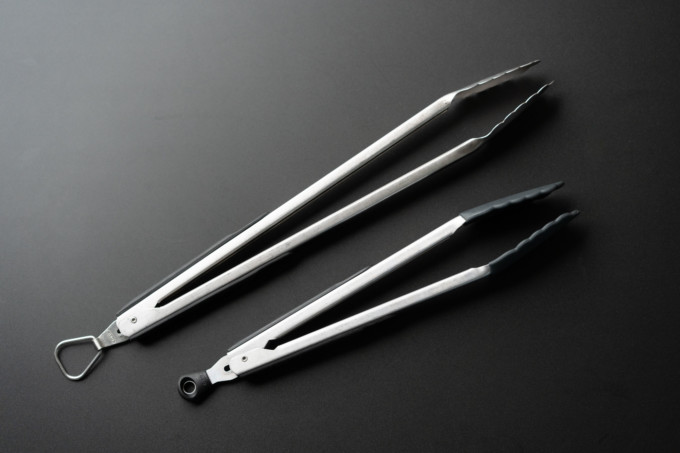
Stainless steel tipped or silicone tipped, great for tossing veggies on a hot sheet pan or moving around anything hot really. The steel one is perfect for using over a charcoals too.
6. Cooking spoons: Wooden spoons
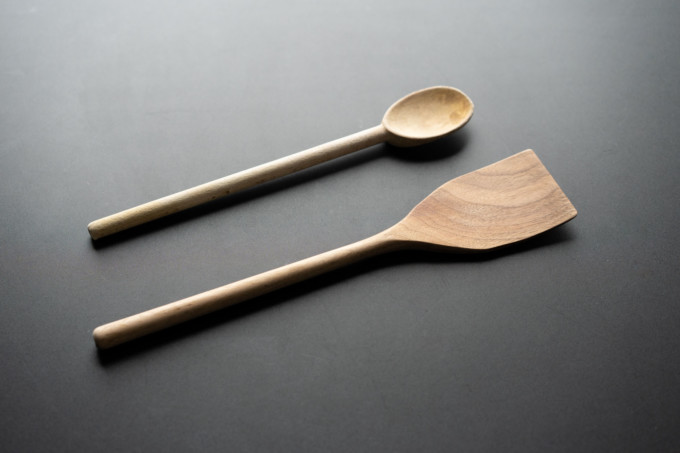
If there’s no sealant on the wood or glue in it, wood is most likely non-toxic. They look great too but should be hand-washed to not get destroyed in the washer.
7. Cutting board: Boos Block cutting board
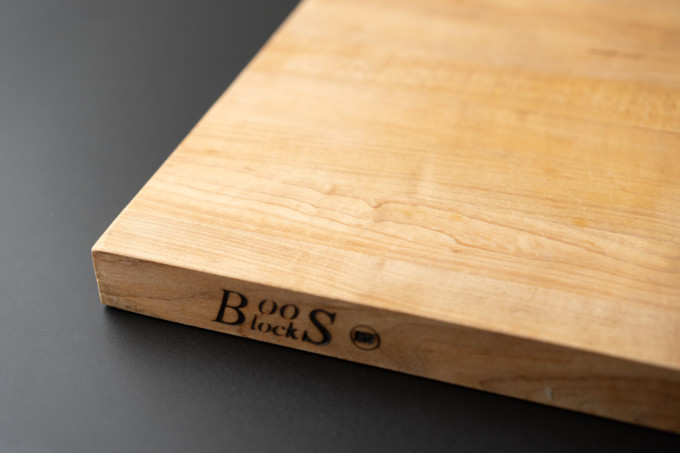
Another item I’ve had for over 15 years–this heavy duty cutting board is a great way to avoid plastic. I love this for cutting veggies, but switch to my Epicurean boards for meat.
8. Measuring ingredients: Oxo stainless steel dry measuring cups and spoons & Pyrex liquid measuring cups
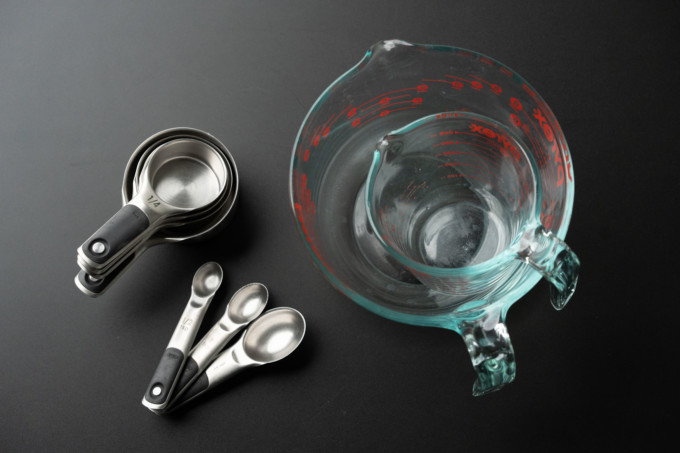
Durable measuring tools I feel comfortable throwing into the dishwasher.
9. Mixing bowls: Duralex Lys mixing bowl set
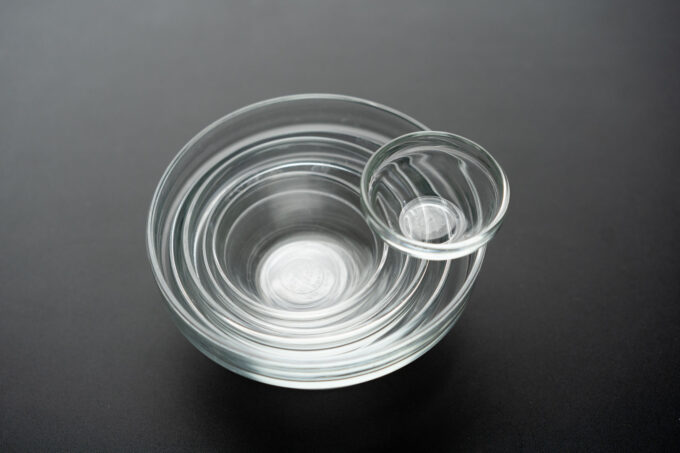
I have sooo many of these you don’t even know! The tiny ones I have to wash by hand since the fall through the dishwasher rack, but these glass bowls a great for prep work.
10. Strainer: stainless steel strainers
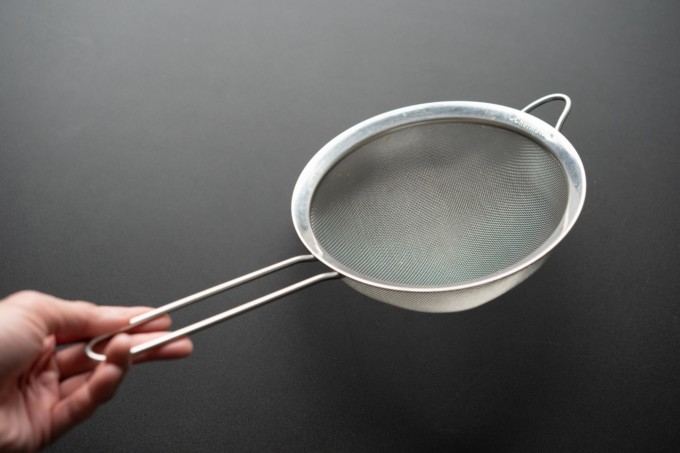
This needs a mention since plastic strainers exist and you do not want to be running hot water through plastic!
11. Containers for leftovers or ingredients/condiments: Stasher bags, Weck jars & Pyrex storage containers

I’ve slowly switched out all my food storage that is made of plastic or has a plastic lid even. Just glass, silicone and rubber here so I can store food with peace of mind.
12. Drinkware: Bormioli Rocco Bodega glass cups
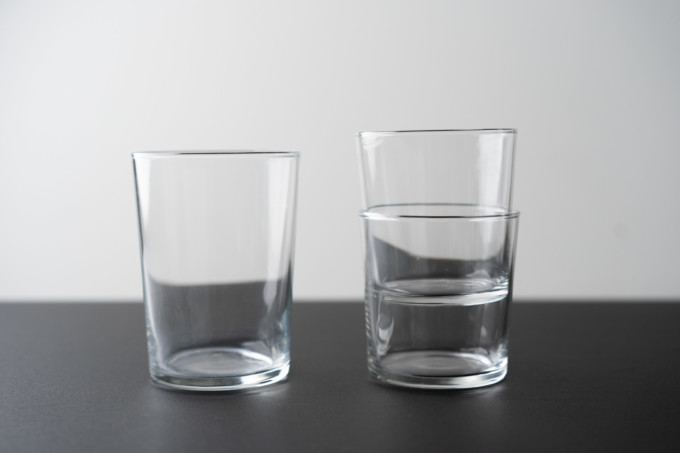
Lovely glasses that I spot all the time at restaurants now.
13. Other: wooden chopsticks, stainless steel ladle, & stainless steel whisk
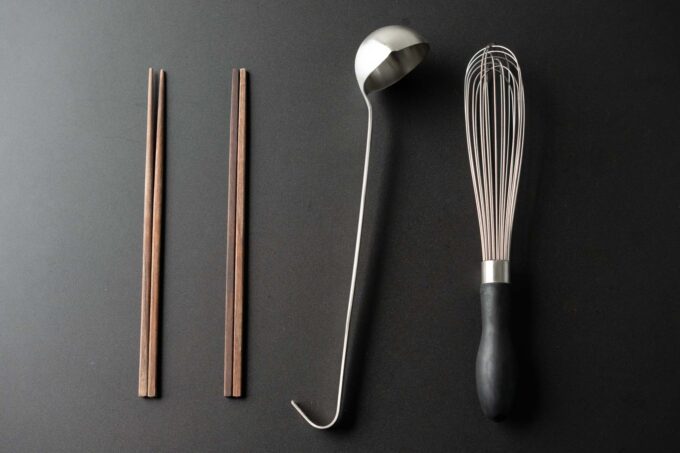
Wooden, unsealed chopsticks are versatile tools. I’m not sure why plastic ladles and plastic whisks exist—these were pretty affordable :).


